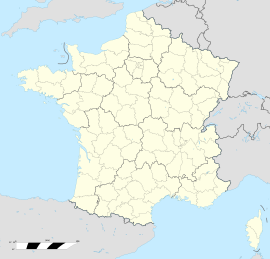Luri, Haute-Corse
| Luri | |
|---|---|
| Commune | |
 |
|
| Coordinates: 42°53′00″N 9°28′00″E / 42.8833°N 9.4667°ECoordinates: 42°53′00″N 9°28′00″E / 42.8833°N 9.4667°E | |
| Country | France |
| Region | Corsica |
| Department | Haute-Corse |
| Arrondissement | Bastia |
| Canton | Cap Corse |
| Intercommunality | Cap Corse |
| Government | |
| • Mayor | Georges Germoni |
| Area1 | 27.53 km2 (10.63 sq mi) |
| Population (2008)2 | 694 |
| • Density | 25/km2 (65/sq mi) |
| Time zone | CET (UTC+1) |
| • Summer (DST) | CEST (UTC+2) |
| INSEE/Postal code | 2B152 /20228 |
| Elevation | 0–1,136 m (0–3,727 ft) (avg. 600 m or 2,000 ft) |
|
1 French Land Register data, which excludes lakes, ponds, glaciers > 1 km² (0.386 sq mi or 247 acres) and river estuaries. 2Population without double counting: residents of multiple communes (e.g., students and military personnel) only counted once. |
|
1 French Land Register data, which excludes lakes, ponds, glaciers > 1 km² (0.386 sq mi or 247 acres) and river estuaries.
Luri is a commune of the Haute-Corse department of France on the island of Corsica.
Luri has been tentatively identified as the Lurinum of Ptolemy both by similarity of name and because of Castellu di Luri, a Roman-style fortification occupied from the third century BC to the 1st century AD. It was in the territory of Ptolemy's tribe, Vanacini, who according to a bronze inscription recording a letter from the emperor Vespasian, had their own senate and magistrates and were therefore probably semi-autonomous. They may have occupied the fort themselves.
...
Wikipedia


